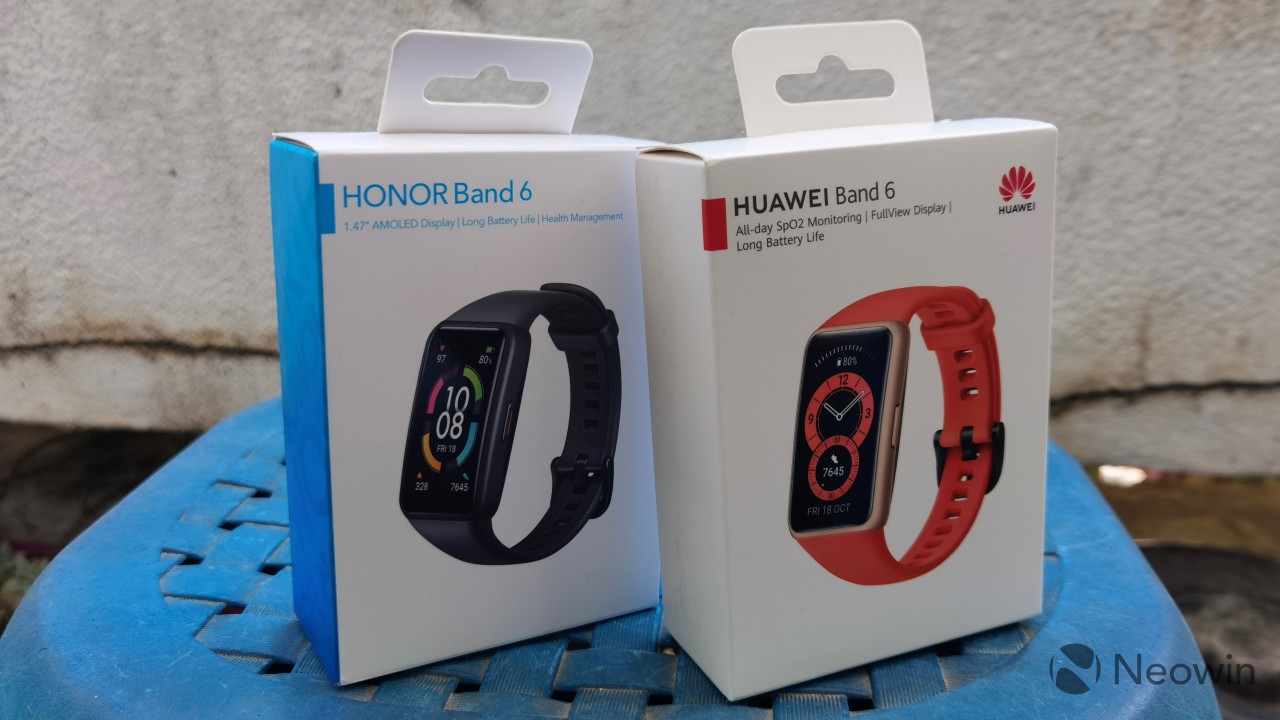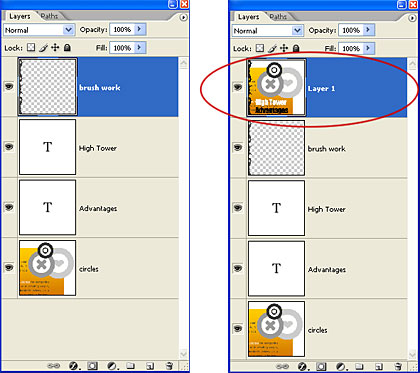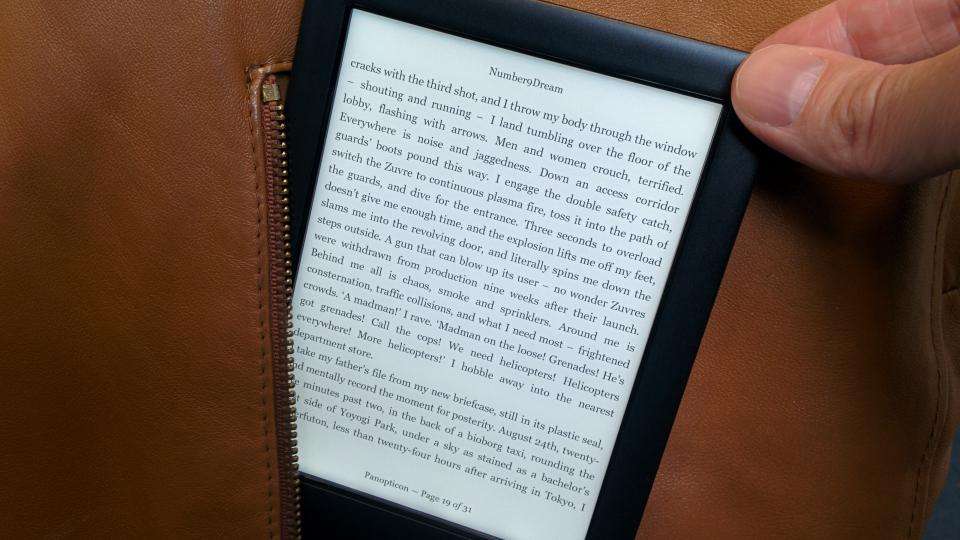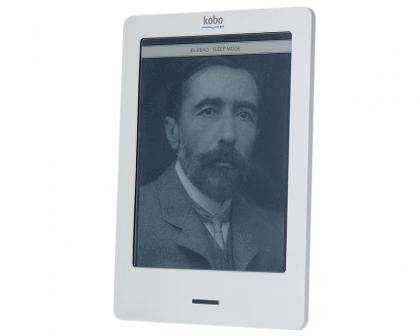USB cables are an essential part of our daily lives, connecting everything from smartphones and laptops to printers and external hard drives. However, not all USB types are created equal, and choosing the right one can make a significant difference in performance and convenience. Whether you’re charging your phone, transferring files, or connecting peripherals, understanding the different USB types and their uses is crucial. From the widespread USB-A to the modern USB-C, each type has unique features that cater to specific needs. In this article, we’ll explore the various USB types, their applications, and how to choose the right one for your everyday tasks. By the end, you’ll have a clear understanding of why knowing your usb types can improve your connectivity and make your life easier.
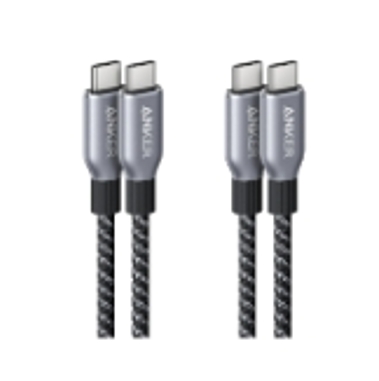
What Are the Features and Uses of Common USB Connector Types?
USB-A – Widespread Use for Charging and Basic Connectivity
USB-A is perhaps the most recognizable USB type, with its rectangular shape found on countless devices. It’s commonly used for charging smartphones, connecting peripherals like keyboards and mice, and transferring data between devices. For example, if you’ve ever plugged a flash drive into your laptop or charged your phone with a standard cable, you’ve likely used USB-A. While it’s not the fastest option available, its widespread compatibility makes it a reliable choice for everyday tasks. Anker offers a variety of high-quality USB-A cables that ensure durability and consistent performance, whether you’re charging your device or syncing data. Despite its limitations in speed, USB-A remains a staple in homes and offices due to its versatility and ease of use.
USB-B – Primarily for Printers and Older Devices
USB-B is less common in everyday use but plays a crucial role in specific applications. Its square shape is often found on printers, scanners, and older external hard drives. For instance, if you’ve set up a home office printer, you’ve probably connected it to your computer using a USB-B cable. While USB-B is not typically used for charging, it’s essential for data transfer in certain devices. Anker’s USB-B cables are designed to provide reliable connections for these specialized tasks, ensuring that your devices function smoothly. Although USB-B is gradually being replaced by more modern connectors, it remains relevant for legacy devices and specific professional equipment.
How Are Modern USB Types Changing the Game?
USB-C – Fast, Reversible, and Universal
USB-C is the future of connectivity, offering a compact, reversible design that eliminates the frustration of plugging in the cable the wrong way. It supports faster data transfer speeds, higher power delivery, and the ability to transmit video and audio signals. For example, if you’re using a USB-C cable to connect your laptop to a monitor, you can enjoy 4K video output while charging your device simultaneously. USB-C is also becoming the standard for smartphones, tablets, and laptops, making it a universal solution for modern devices. Anker’s USB-C cables are built to meet the demands of high-speed charging and data transfer, ensuring compatibility with a wide range of devices. Whether you’re charging your MacBook or transferring files between your phone and computer, USB-C provides a seamless and efficient experience.
Micro-USB and Mini-USB – Legacy Standards Still in Use
While USB-C is taking over, Micro-USB and Mini-USB are still found in many devices, particularly older smartphones, cameras, and accessories. Micro-USB, with its small, trapezoidal shape, was the standard for Android phones and other gadgets for years. Mini-USB, slightly larger and less common, is often used in older cameras and gaming controllers. For example, if you own an older external hard drive or a digital camera, you might still rely on Mini-USB for data transfer. Anker’s Micro-USB and Mini-USB cables are designed to provide reliable performance for these legacy devices, ensuring that you can continue using them without compatibility issues. While these connectors are being phased out, they remain relevant for users with older technology.
What Are the Differences Between USB Standards?
USB 2.0 vs. USB 3.0 – Speed and Power Differences
USB standards have evolved significantly over the years, with each new version offering improved speed and functionality. USB 2.0, introduced in 2000, provides a maximum transfer speed of 480 Mbps, which is sufficient for basic tasks like connecting a mouse or transferring small files. However, for more demanding tasks like backing up large files or streaming high-resolution video, USB 2.0 can feel slow. USB 3.0, released in 2008, offers a significant upgrade with speeds of up to 5 Gbps—more than ten times faster than USB 2.0. For instance, transferring a 10GB video file with USB 3.0 takes just a few minutes, compared to over half an hour with USB 2.0. Anker’s USB 3.0 cables are designed to deliver these faster speeds, making them ideal for users who need efficient data transfer and charging.
USB 3.1, USB 3.2, and USB4 – Advancements in Performance
The latest USB standards, including USB 3.1, USB 3.2, and USB4, have pushed the boundaries of speed and functionality even further. USB 3.1 doubles the speed of USB 3.0 to 10 Gbps, making it suitable for tasks like 4K video editing or external SSD storage. USB 3.2 takes this a step further, offering speeds of up to 20 Gbps by utilizing multiple data lanes. USB4, the most advanced standard, supports speeds of up to 40 Gbps and is compatible with Thunderbolt 3. For example, if you’re a graphic designer working with large files, USB4 can significantly reduce transfer times, allowing you to focus on your creative work. Anker’s USB cables are designed to support these advanced standards, ensuring that you can take full advantage of the latest technology.
How Do I Choose the Right USB Type for My Needs?
High-Speed Data Transfer for Large Files and Media
If your primary need is transferring large files, such as high-resolution videos or extensive datasets, opting for a high-speed USB type is essential. USB 3.0, USB 3.1, or USB4 cables are ideal for these tasks, offering faster transfer speeds and improved efficiency. For example, if you’re a photographer transferring RAW images from your camera to your computer, a USB 3.1 cable can save you significant time compared to USB 2.0. Anker’s high-speed USB cables are designed to handle these demanding tasks, ensuring reliable performance and durability. By choosing the right USB type, you can streamline your workflow and avoid frustrating delays.
Everyday Charging and Basic Connectivity
For everyday tasks like charging your smartphone or connecting peripherals, a standard USB-A or USB-C cable may suffice. USB-A is widely compatible with a range of devices, making it a convenient choice for basic connectivity. USB-C, on the other hand, offers faster charging and data transfer, making it ideal for modern devices like laptops and smartphones. For instance, if you’re charging your phone overnight or connecting a keyboard to your computer, a high-quality Anker USB-A or USB-C cable will provide reliable performance. By matching your USB type to your specific needs, you can ensure efficient and hassle-free connectivity.

Conclusion
Understanding the different USB types and their uses is essential for optimizing your daily tasks and ensuring efficient connectivity. From the widespread USB-A to the modern USB-C, each type has unique features that cater to specific needs. Whether you’re transferring large files, charging your devices, or connecting peripherals, choosing the right USB type can make a significant difference in performance and convenience. Anker’s extensive range of high-quality USB cables ensures that you can find the perfect solution for your needs, whether you’re at home, in the office, or on the go. By selecting the right USB type and using reliable cables, you can enjoy faster data transfers, efficient charging, and a seamless experience in both personal and professional settings. Knowing your USB types isn’t just about technology—it’s about making your life easier and more productive.

